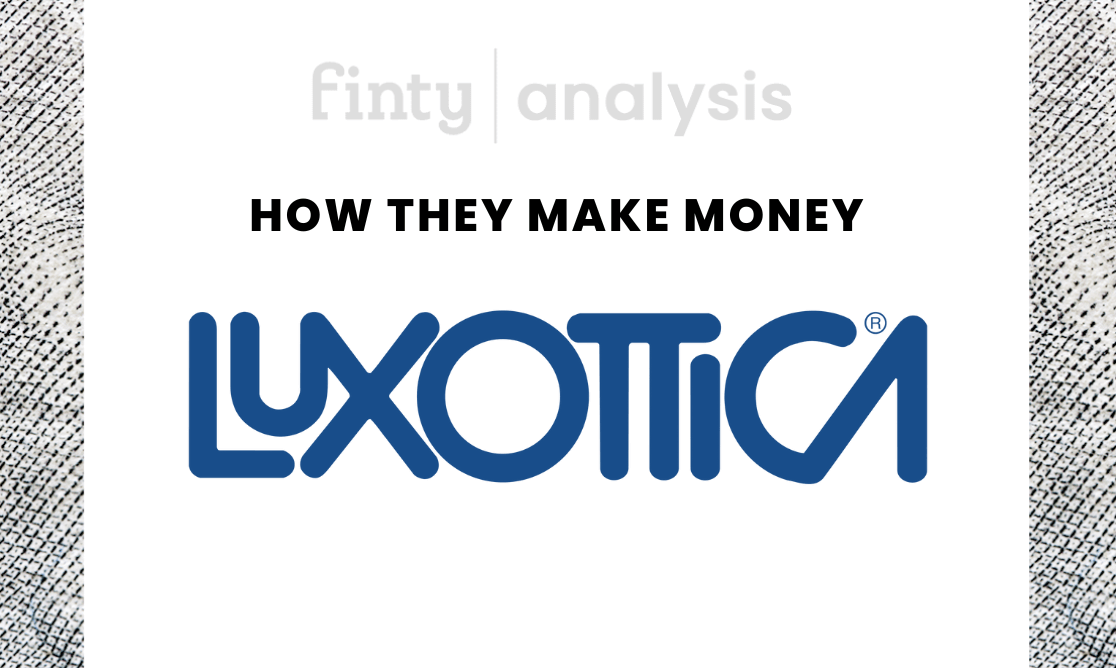Luxottica operates in the sunglass and eyewear niche, one of those business niches where the customer thinks there's a lot of product choice. Little do they know that one company has come to dominate the industry.

Coming up next
What does Luxottica do?
Luxottica was founded by Leonardo Del Vecchio in Italy in 1961, a man who started life in an orphanage.
Over the years, the company has become one of the world's largest and most respected eyewear companies.
With over 80,000 employees globally, Luxottica creates, designs, manufactures, and distributes eyewear for many top brands, including Ray-Ban, Oakley, Vogue Eyewear, Persol, Prada, Gucci, and many more.
The company was listed on the New York Stock Exchange in 1990 and later merged with French company Essilor (EPA: EL).
Luxottica is primarily involved in designing, manufacturing, and distributing eyewear. The company's core business functions include the creation of eyewear designs, the production of eyewear, and the distribution of eyewear to retail locations worldwide.
Luxottica also operates its own retail locations and wholesales its products to third-party retailers.
How does Luxottica work?
Luxottica's business model is vertically integrated, giving the company control of every aspect of the eyewear production process, from design to distribution. It's the Apple of eyewear.
The company has a strong in-house design team that creates new eyewear collections, which are then manufactured at Luxottica-operated factories.
Finished products are then distributed to Luxottica's retail locations and third-party retailers. This allows the company to control the quality of its products and keep a tight grip on the brand's image.
How Luxottica makes money
Retail sales (DTC)
Luxottica operates a chain of retail stores, selling eyewear directly to consumers.
Wholesale supply
Luxottica wholesales its eyewear products to approved third-party retailers, generating revenue by supplying its products for resale.
Licensing
Luxottica holds licenses to produce and distribute eyewear for several well-known brands.
Manufacturing
Luxottica operates its own factories where it manufactures eyewear for both its own brands and for third parties.
Future growth engine
Luxottica has identified expanding its retail footprint as a key growth engine, with plans to open new retail locations in existing and new markets.
M&A will play a role in the company's future growth strategy, although there are few brands with enough scale to make an acquisition attractive to Luxottica.
Luxottica is also investing in glasses with integrated augmented reality features, such as the ability to read messages, display signage, and take photos. In 2020 Luxottica announced a partnership with Meta on smart glasses. In 2022, Luxottica's CEO confirmed plans to introduce augmented reality "superpowers" for eyewear. Apple's introduction of the Vision Pro will most likely accelerate efforts.
Competitors
- Safilo Group. Designs, manufactures, and distributes eyewear in competition with Luxottica.
- Kering Eyewear. A subsidiary of Kering, the Italian luxury goods company that produces and sells eyewear.
- Marcolin. Another Italian eyewear company that designs, produces, and sells eyewear globally.

